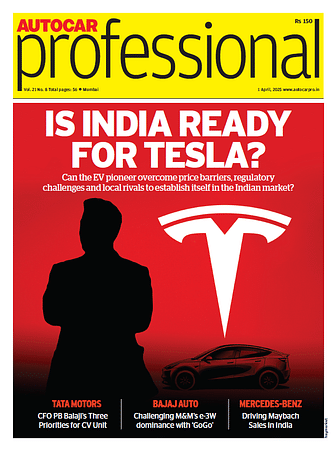Honda Motor Europe expands partnership with SNAM for battery recycling
SNAM is investigating the possibility of using batteries in a ’second life’ for the storage of renewable energy in industrial applications.
Honda Motor Europe is expanding its battery recycling partnership with SNAM (Societe Nouvelle d'Affinage des Metaux) to advance the sustainable usability of its end-of-life traction batteries. The pan-European arrangement will see SNAM collect and recycle batteries from Honda's hybrid and electric vehicles and potentially prepare them for 'second-life' renewable energy storage uses or extract valuable materials for recycling.
Honda and SNAM have worked together since 2013, to ensure the traceability of end-of-life batteries and dispose them off in accordance with European Union’s environmental standards. SNAM will collect Lithium-ion and Nickel Metal Hydride (NiMH) batteries from across Honda's dealer network and authorised treatment facilities (ATF) in 22 countries, before analysing how suitable they are for recycling and processing them.
Tom Gardner, senior vice president at Honda Motor Europe, said: “As demand for Honda’s expanding range of hybrid and electric cars continues to grow so does the requirement to manage batteries in the most environmentally-friendly way possible. Recent market developments may allow us to make use of these batteries in a second life application for powering businesses or by using recent improved recycling techniques to recover useful raw materials which can be used as feedstock into the production of new batteries.”
Safe and low carbon transport is utilised for the collection of used traction batteries. SNAM assesses the battery packs that are valid for inclusion in a new energy storage device. These are then repurposed and made available by SNAM for domestic and industrial applications.
When battery cells are damaged and unsuitable for ‘second life’ applications, materials such as cobalt and lithium can be extracted using hydrometallurgy techniques involving the use of aqueous chemistry. These can be reused in the production of new batteries, colour pigments or as useful additives for mortar. Other commonly used materials including copper, metal and plastics are recycled and offered to the market for use in the production of a variety of applications.
The agreement applies to large ‘traction’ batteries used to power motors in hybrid and electric vehicles, as opposed to smaller batteries used for ignition in petrol or diesel cars. The environmental sound treatment of these batteries at the end of their useful life can result in better management of environmental waste.
RELATED ARTICLES
Aisin to produce hybrid motor for Mitsubishi in Thailand
The hybrid drive motor and gearbox, will be produced at Aisin Powertrain (Thailand) Co for use in the Mitsubishi XForce ...
GM reports strong Q1 sales in China, demand for EVs and hybrids surges 53%
General Motors and its joint ventures in China have sold more than 442,000 units between January and March 2025.
Volkswagen to invest $580 million in Argentina, plots new pick-up truck for South America
Volkswagen is paving the way for the next generation of mid-size pick-up truck as a successor to the Amarok. The new mod...






 By Autocar Professional Bureau
By Autocar Professional Bureau
 16 Apr 2020
16 Apr 2020
 7517 Views
7517 Views






















